The state-wide shutdowns have only been in place for a couple of weeks at most, but people are already starting to get understandably jumpy. Even if we assume that the governments, both state and federal, are handling this pandemic in the wisest way possible, when does it all end? When can we declare this emergency to be in our rearview mirror and have our lives return to some semblance of normality? This weekend, the Boston Globe put that question to some experts in epidemiology and the answers aren’t terribly comforting, at least in my opinion.
“That’s one of the hardest questions to answer in epidemiology, and it’s one of the things that everybody is most interested in,” said Samuel Scarpino, an epidemiologist at Northeastern University. “We’re going to have to be very cautious because we don’t want to waste all the sacrifices that we’ve already made.”
The first sign that the tide has started to turn, scientists say, will be a decline in new cases over several consecutive weeks, even as testing expands. In Boston, that peak is likely at least a few weeks away, Scarpino said. New coronavirus-related hospitalizations should fall a week or two after the number of new cases declines, in light of the time it takes for the disease to progress.
That would indicate that the economically devastating social distancing measures are working. Even then, it will be too soon to fully return to normal, specialists say. Just because there was a peak doesn’t mean it was the peak.
So the rosiest scenario that these epidemiologists see is regional peaks that may … may… pass in “a few weeks,” taking us well into April already. Others are saying months. If the reported numbers of new cases start to drop, that means that the social distancing is “working,” but the relief may be temporary. There could be multiple peaks in the same regions.
In other words, even if you live in an area that has peaked and the restrictions are loosened, as soon as people get out and start going to work and doing other “normal” things, another peak may be on the way the following month. This could turn into a vicious cycle that doesn’t end until a vaccine is widely developed or a reliable cure is found. And that could be well into 2021.
The whole question of whether or not this strategy is “working” is one that’s been under very vocal debate here in New York. Even if the “stay home” orders flatten the curve and the spread seems to have stopped for a time, what then? Do we try to stop anyone from coming into the state until the vaccine is deployed? Even if that were possible (spoiler alert: it’s not), it only takes one superspreader with no visible symptoms to show up at a store, apartment complex or any crowded area and we’d be right back where we are now. And all of the economic devastation that’s currently raining down on us because we’ve shut the economy down would have been basically for nothing.
Sorry if I’m coming across as something of a downer today, but the scope of this disaster has really started sinking in for me lately. If we take the best, realistic scenarios being painted by medical experts as gospel, we may keep the total number of deaths down in the tens or hundreds of thousands but wind up in a new great depression. I certainly hope that’s wrong, but if this stretches on well into the summer, it’s tough to see how the economy just jumps straight back into gear.
Be safe out there and take care of each other as best you can.

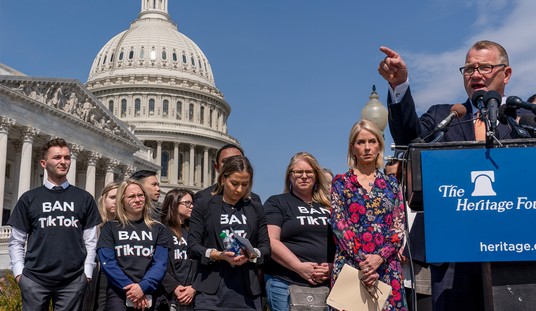

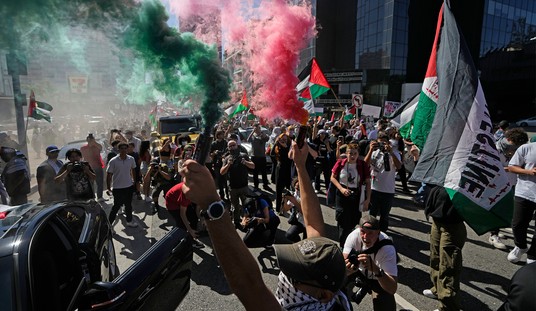
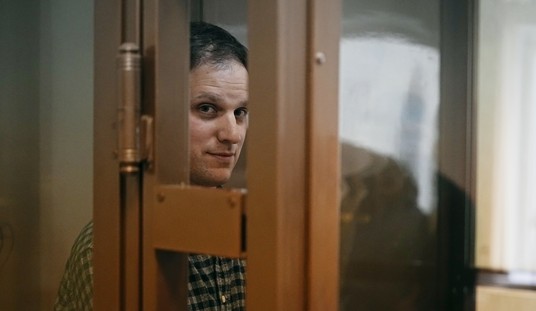
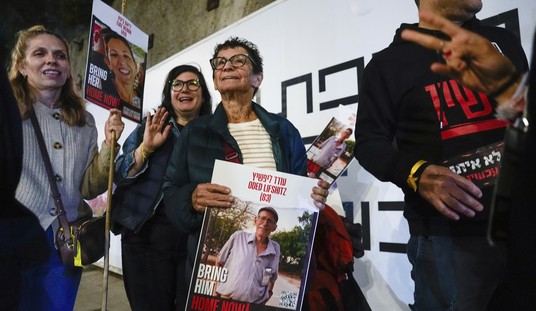

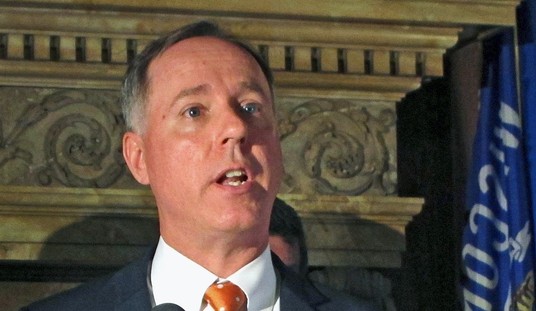
Join the conversation as a VIP Member